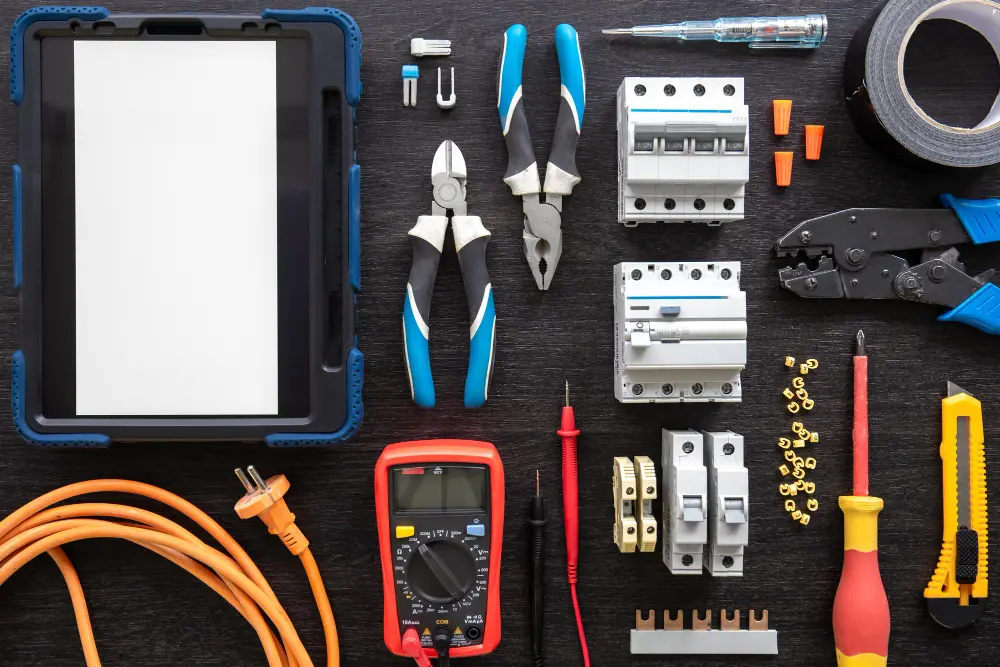How lightning protection Requirements Impact LV Distribution Design
28th Dec 2025
Lightning protection requirements directly affect how low-voltage (LV) distribution systems are designed, installed, and protected. These rules exist to limit damage from surges, prevent equipment failure, and reduce fire risk. In modern buildings, unstable grids, solar systems, and sensitive electronics make surge control a core part of LV panel design. This article explains how protection standards influence LV layouts, why surge devices are now essential, and how proper planning improves system safety and lifespan. Understanding the Link Between Lightning and LV Distribution Lightning does not need a direct strike to cause damage. Nearby strikes create voltage spikes that travel through power lines, data cables, and grounding systems. These surges stress insulation, damage control devices, and shorten equipment life. LV distribution boards are especially exposed because they connect incoming power to internal circuits. If surge control is weak, damage spreads quickly across loads, meters, and automation equipment. This is why modern standards require surge control to be considered during the early design stage, not as an add-on. Why Surge Protection Is Now a Design Requirement Power grids today are less stable than before. Renewable energy, long cable runs, and switching loads increase transient voltages. Even without storms, internal switching can create harmful spikes. Standards such as IEC 62305 and IEC 61643 recommend surge protective devices at key entry points. These devices limit overvoltage before it reaches sensitive equipment. In LV systems, surge protection is no longer optional. It is a functional part of system safety. How Protection Rules Shape LV Panel Layouts Design standards strongly influence […]
Read More : +86-139 0587 7291
: +86-139 0587 7291 English
English Español
Español Русский
Русский Français
Français العربية
العربية Português do Brasil
Português do Brasil Українська
Українська Türkçe
Türkçe Polski
Polski Nederlands
Nederlands Italiano
Italiano Bahasa Indonesia
Bahasa Indonesia हिन्दी
हिन्दी اردو
اردو አማርኛ
አማርኛ Հայերեն
Հայերեն ไทย
ไทย Монгол
Монгол فارسی
فارسی Shqip
Shqip Ελληνικά
Ελληνικά









